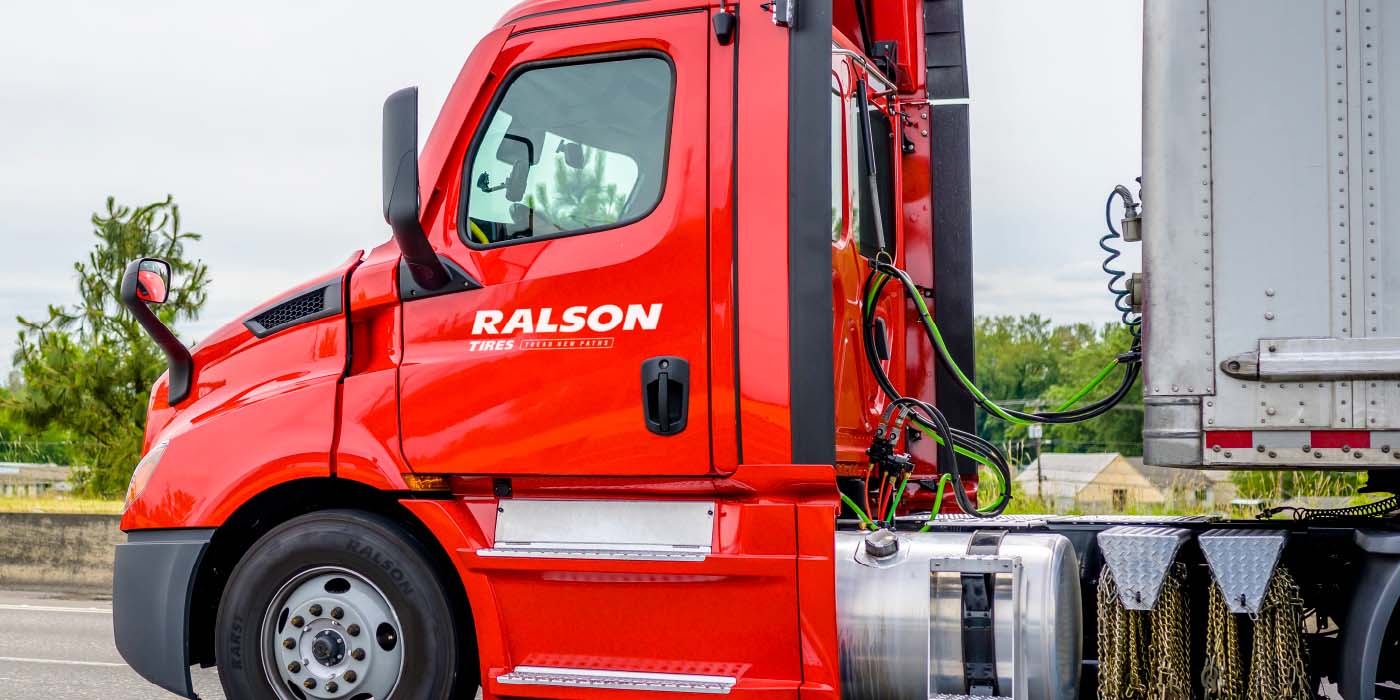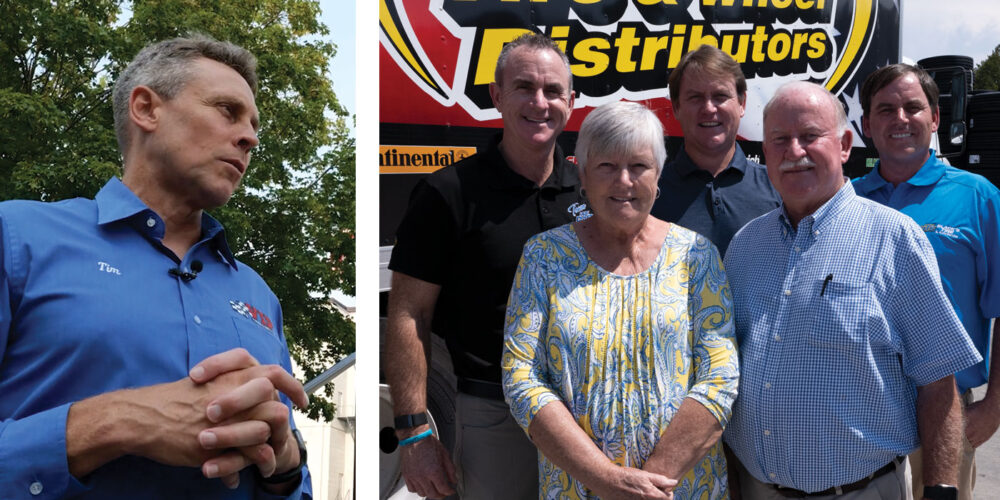TechForce Foundation recently released its 2022 Technician Supply & Demand Report for transportation technicians. Since its inception six years ago, this report has focused on three industry segments: automotive, diesel and collision. Beginning this year, we have included data for the aviation industry. For the purpose of this article, however, I will focus on the automotive sector. Essentially, the report looks at three key metrics; the first of which is the number of technicians currently employed.
Perhaps the most encouraging news is that in the automotive sector, total technician employment increased from 2020 to 2021. This at least partially offsets the rather severe drop in technician employment from 2019 to 2020.
The second metric is the demand for new entrant technicians. Demand is generated by two components: “occupational separations,” created by retirement and turnover, and growth within the sector. If we look at the next five years, nearly 413,000 positions will be needed due to occupational separations and an additional 178,000 new positions to address industry growth. Additionally, thousands of unfilled positions from 2021 also need to be considered when measuring demand.
Next, let’s look at the supply of incoming technicians. The only available means of measuring supply is counting students who have graduated from post-secondary automotive training programs. This information is available through the National Center for Education Statistics.
Unfortunately, the number of graduates (completions) from these programs began dropping in 2012, with lower numbers each subsequent year. In 2012, completions numbered nearly 41,000. Last year, that number dropped below 29,000, representing a 34% decline over a 10-year span. The severe drop from 2020 to 2021 – nearly 12% – is even more alarming.
We live in a time when only a minority of young men and women consider careers in the skilled trades. The boot and clothing company Wolverine has a program, Project Bootstrap, which celebrates and supports those who choose skilled trades careers. Results from a recent Wolverine-commissioned study aren’t exactly encouraging:
While 72% of current high school students believe it’s important to consider alternatives to a traditional four-year college, just 30% have considered vocational/trade schools as a viable option.
51% of students polled responded, “I don’t know enough about it” as their No. 1 reason for not considering enrolling in a vocational/trade school.
If only 30% of students are considering vocational careers, then those choosing these careers are, of course, even less. Moreover, this small cohort of students can choose any skilled trade: plumbing, electrical, welding, machining, auto repair and more. So, the number of students who are actually pursuing automotive careers are minimal. Within those numbers, you have an even smaller pool who choose careers at automotive repair shops or tire stores.
It is very apparent that without deliberate, focused and ongoing efforts by the industry, the likelihood of filling open positions in sufficient numbers is low.
What might those efforts look like? First, it is almost never too early to start building awareness among students about career opportunities. Many children begin thinking about careers at a much younger age. The industry needs to build awareness, curiosity and interest in these careers and continue to cultivate awareness over time. Employers that have the greatest success in recruiting new employees are often highly involved and visible within their communities. They have relationships with local high school automotive programs. They not only participate in career fairs but also visit schools on a regular basis to help make their presence known. They also bring employees with them to share their experiences with students.
When it is time to place students in internships or suggest potential employers, these are the businesses their instructors are going to recommend. When you are hiring a candidate, bear in mind that the most important thing to Gen Z is starting pay. As a starting point, you should know that the average starting pay per hour for a “Tire Repairer and Changer,” or tire technician, in 2021 was $11.12. You might be surprised to learn that the starting pay of a “Bicycle Repair Technician” was higher ($12/hour). In fact, it’s not difficult to find a McDonald’s or Lowe’s that will start new employees at $15 per hour. If this is the No. 1 criterion for job seekers, you need to consider how your starting wage compares with other opportunities. Also important to Gen Z are flexible work hours, work-life balance, on-the-job mentoring with frequent feedback, good benefits and a clear job path to the future.
When looking to fill open positions, consider how to align your business processes and culture with the priorities of today’s incoming workforce. Perhaps with an informed approach to hiring and forming early relationships with youth, we can begin to solve the tech shortage.














